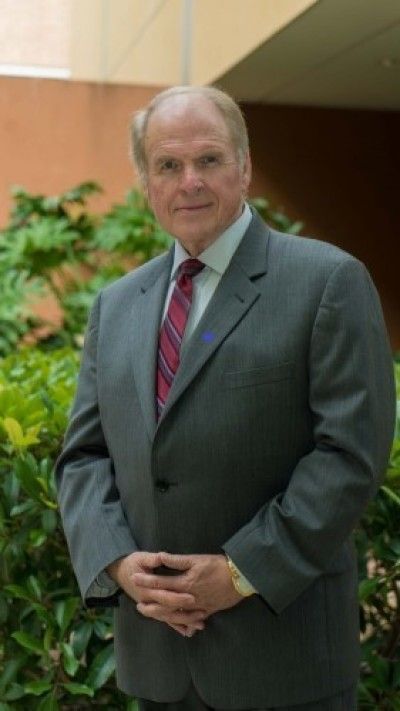
The COVID-19 pandemic is a jagged fissure in time. One side represents things as they “were” while the other the way they “will be,” “might be,” or “must be” considering the altered post-pandemic institutional, social, and cultural topography.
Organizations of all types are questing for their post-pandemic identity and function. Church leaders rattling with all the other institutional chiefs have an edge. Jesus said He is the foundation — the sturdy, immovable rock — on which the authentic church rests. Christ Jesus is the Great Constancy, the One who is the same, yesterday, today, and forever.
Institutions will quiver and fall, but the living Church will not because it is the body of this same, changeless Christ.
Church.
If the New Testament Church is the body of Christ, then it ought to do what Jesus Christ did in His incarnate body.
As we noted previously, a study of the Gospels reveals five major categories of the incarnate works of the Lord:
1. Jesus worshiped
Jesus tells the woman at the well that “an hour is coming, and now is, when the true worshipers will worship the Father in spirit and truth; for such people the Father seeks to be His worshipers” (John 4:23 NASB). In that statement Jesus reveals that true worship engages the subjective (“spirit”) and objective (“truth”) facets of the human being. There is to be a balanc
God the Father is to be the focus of worship, yet it is to encompass the whole Trinity. Humanity is designed with a hunger for transcendence. When people squelch this sense, they try to make the immanent transcendent — the core of idolatry. True worship will restore the sense of the Father’s transcendent majesty while also praising the Son and Holy Spirit.
2. Jesus interceded
Jesus awakened early to give focused attention to interceding. The “hour of prayer” should not be a legalism demanding that everyone get up before dawn. The crucial issue is that a church set apart specific times for corporate intercession and encourage its people to pursue a lifestyle of personal prayer.
God revealed to Solomon in the Old Testament that, “My eyes will be open and My ears attentive to the prayer offered in this place” (2 Chronicles 7:15). The Old Testament Temple is gone, but the intercessory assignment is not. Jesus shows this when, as He cleanses the Jerusalem Temple, He cries out, “It is written, ‘My house shall be called a house of prayer’; but you are making it a robbers’ den” (Matthew 21:43).
No church can truly be a “Jesus Church” if there is no focus on intercessory prayer for individuals and the societies they inhabit beyond church walls.
3. Jesus proclaimed the Gospel of the Kingdom
At the beginning of His ministry, Jesus faced and overcame Satan’s temptations. Then, on the authority and strength of that victory, the Lord “began to preach and say, ‘Repent, for the kingdom of heaven is at hand’” (Matthew 4:17).
The juxtaposition between the temptation and Kingdom proclamation is important. The struggle in the wilderness was about authority and power: Would Satan define Jesus’s incarnate ministry, or would Jesus stay committed to the Father’s plan? Jesus settled that question in His refusal of the tempter’s challenges.
Evangelism may focus on warning people about hell and judgment, but the Gospel of the Kingdom is about Christ’s Lordship in heaven and on earth (Matthew 28:18)
4. Jesus made disciples of those He reached
Jesus’s aim in developing disciples was to help people learn how practically to “work out (their) salvation with fear and trembling,” as Paul wrote in Philippians 2:12. The Jesus Church is an O2 organism. That is, it links orthodoxy with orthopraxy, resulting in wholeness of ministry.
Disciple-making leads to ...

